Behind the 3-Mile High Tsunami That Crashed Into the East Coast
Earth has been hit with some severe natural disasters in recent years, ranging from devastating earthquakes to blazing wildfires and hurricanes that have left nothing but destruction in its wake.
Despite the terrifying and destructive events modern humans have witnessed, they pale in comparison to an ancient tsunami that occurred tens of millions of years ago, resulting in a wave measuring up to three miles high that smashed into the coastal regions of the eastern part of the US.
What Causes Tsunamis?
Tsunamis are giant waves often caused by geological activities outside of human influence, such as volcanic activity and earthquakes.
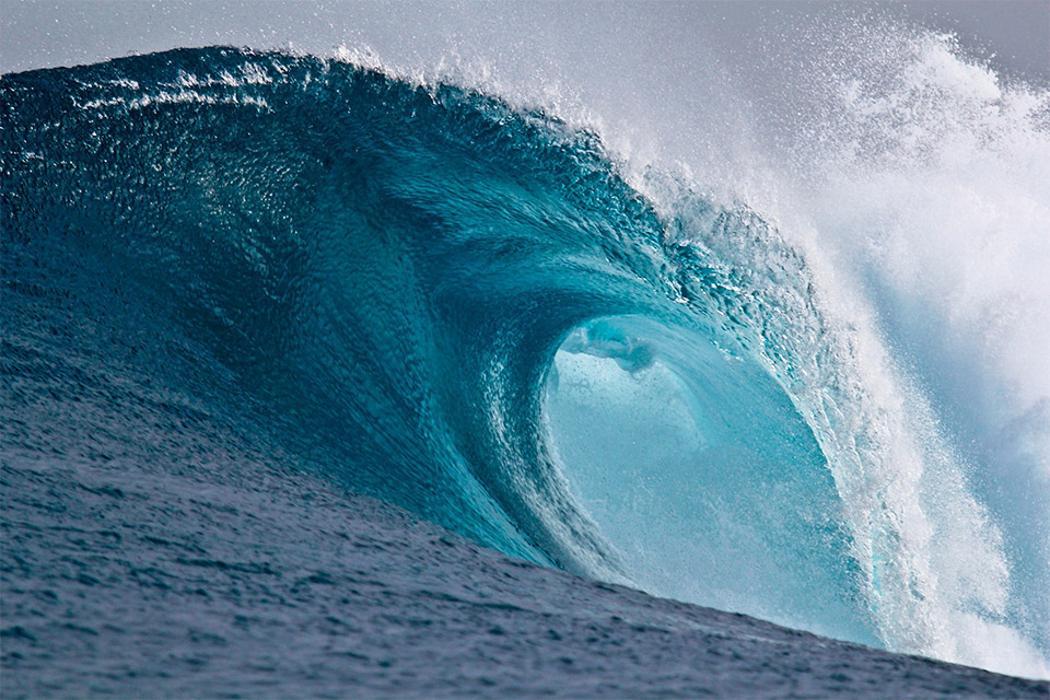
Source: Wikimedia
The event’s effects can lead to unusually strong currents in the ocean but can also produce enormous waves that crash into coastal regions, causing rapid flooding and great destruction.
1,700-Foot-Tall Tsunami
One of the largest tsunamis of the past century occurred in 1958, triggered by an enormous landslide on Alaska’s coast.

Source: Wikimedia
The 1958 tsunami, triggered by an enormous landslide on Alaska’s coast, resulted in the largest wave ever recorded, a staggering 1,700 feet high. It flooded over five square miles of land and cleared thousands of trees in the Alaskan wilderness. Yet, remarkably, only two lives were lost.
The Largest Tsunami to Ever Occur on Earth
Despite its enormous size, the wave was only around 0.3 miles and is tiny in comparison to the largest one ever recorded as a result of a tsunami.

Source: Wikimedia
To trace the origins of the largest tsunami to ever hit Earth, researchers have had to delve deep into history, going back millions of years to a time well before coastal cities and bustling ports.
The End of the Dinosaurs
Around 66 million years ago, Earth was struck by an asteroid estimated to be around 6 miles in diameter.
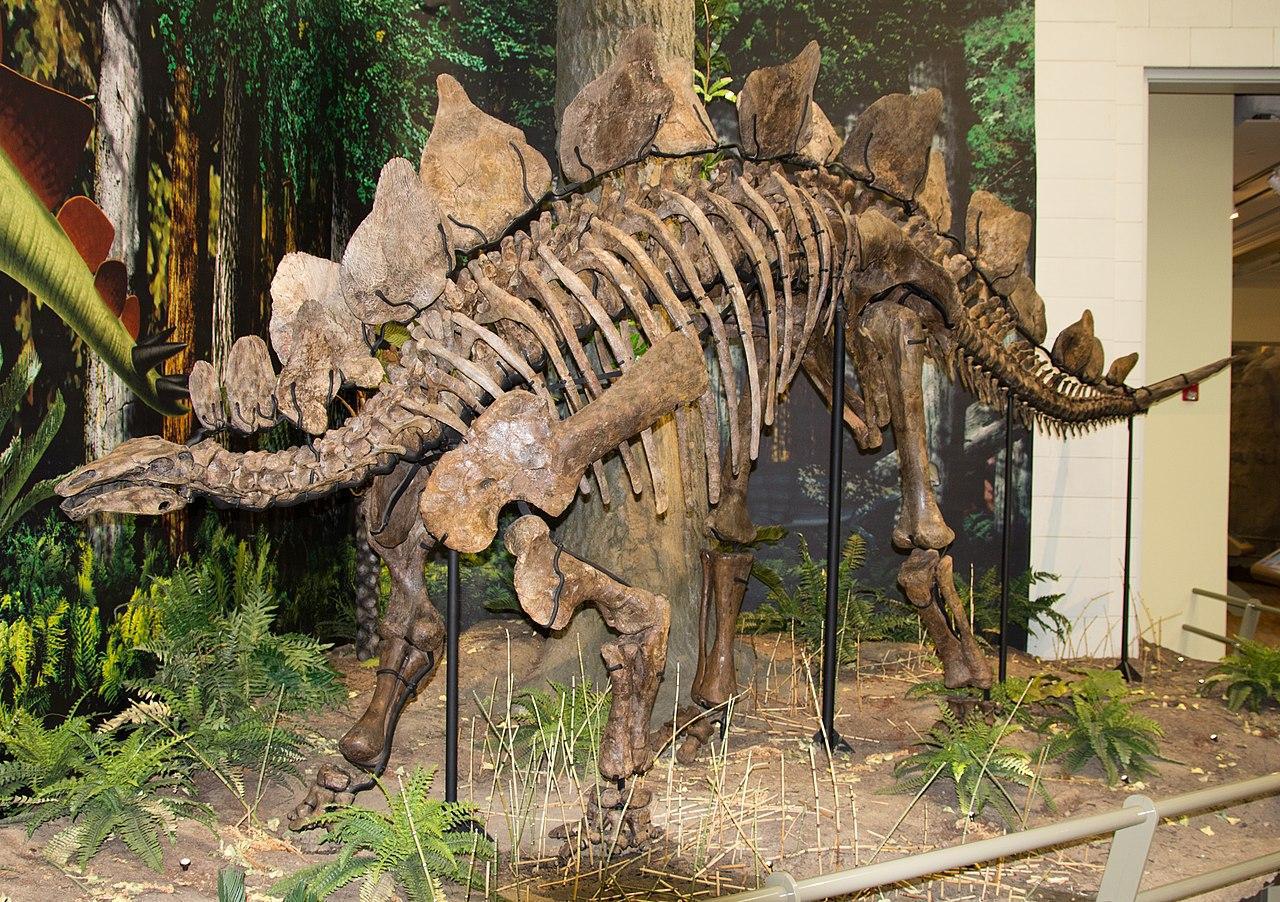
Source: Wikimedia
The impact of the strike was equivalent to around 10 billion Hiroshima bombs going off simultaneously: a force strong enough to plunge the world in winter for 15 years and eventually kill off all the dinosaurs.
Asteroid Impact Produces Enormous Wave
The asteroid’s impact would have sent shockwaves throughout the planet, leading to severe geological activity.
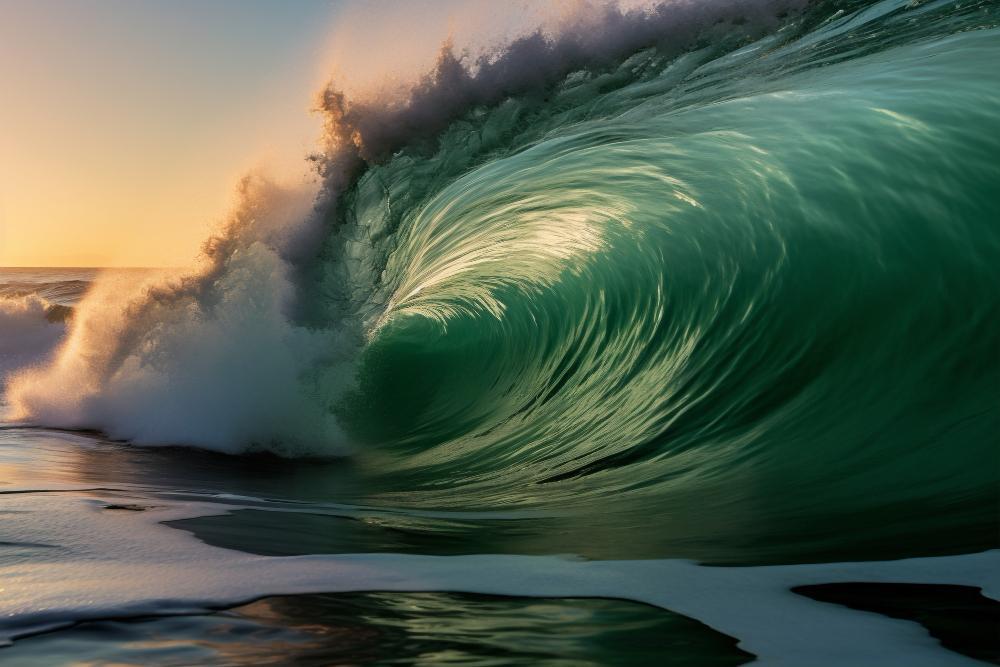
Source: Freepik
The most frightening was a tsunami that may have had waves up to three miles tall, radiating outwards from the impact zone in all directions, destroying everything within several hundred miles.
The Enormous Wave Smashes Into Coastal Regions
Following the meteorite’s impact on our planet, the enormous tsunami would have begun traveling outwards in every direction, with the east coast of the US lying right in the path of destruction.
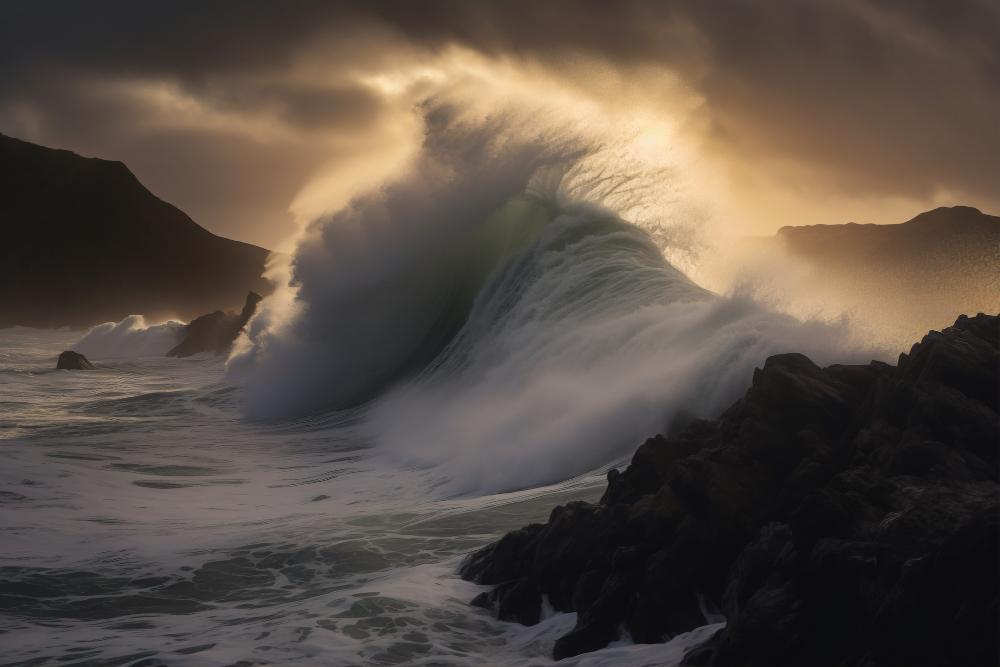
Source: Wikimedia
Modern-day states, including Texas, Louisiana, Alabama, Florida, and Georgia, would all have been hit hardest by the tsunami. According to researchers, the waves that swept through these regions would have killed all the animals, decimating the landscape in the process.
The Tsunami Was Taller Than the Alps
To truly grasp the magnitude of the mammoth wave, it would have easily towered over any building that currently exists on Earth.
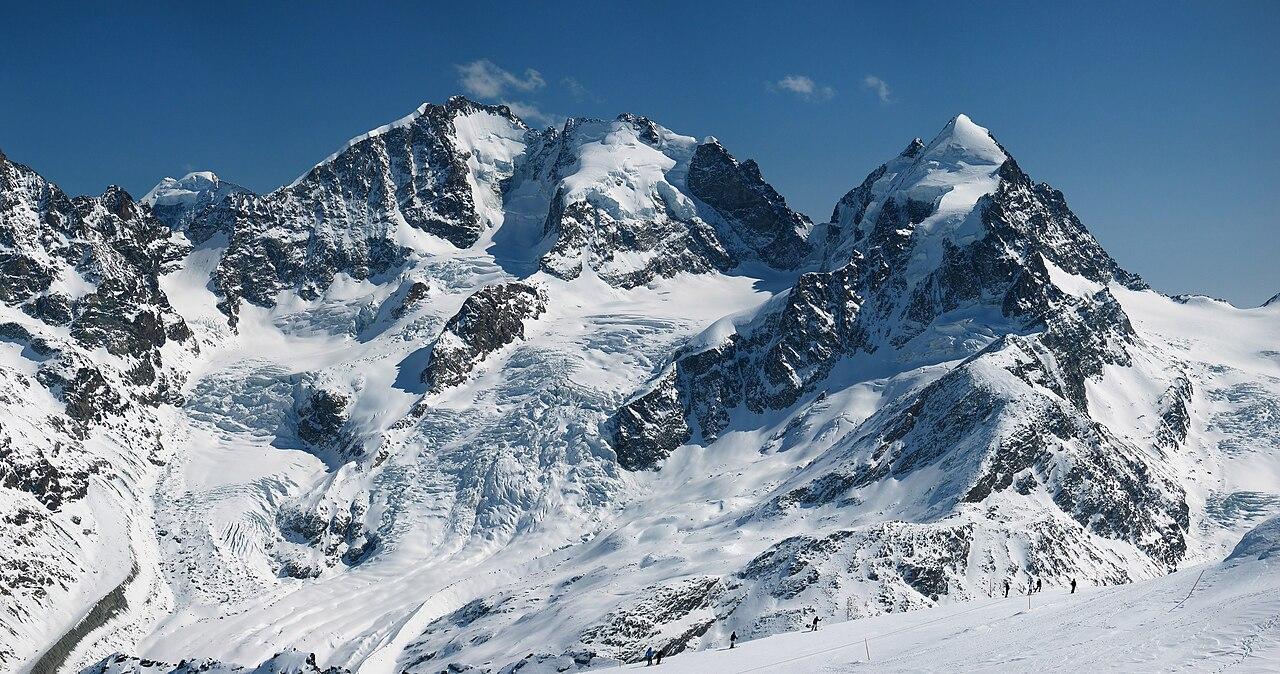
Source: Wikimedia
The wave was so large that it would have submerged the Alps in Europe. Thinking of a tsunami that was taller than an entire mountain range truly showcases how terrifying this event must have been millions of years ago.
What Causes a Megatsunamis?
Unlike usual tsunamis, megatsunamis are caused by giant landslides or massive earthquakes below the ocean floor.
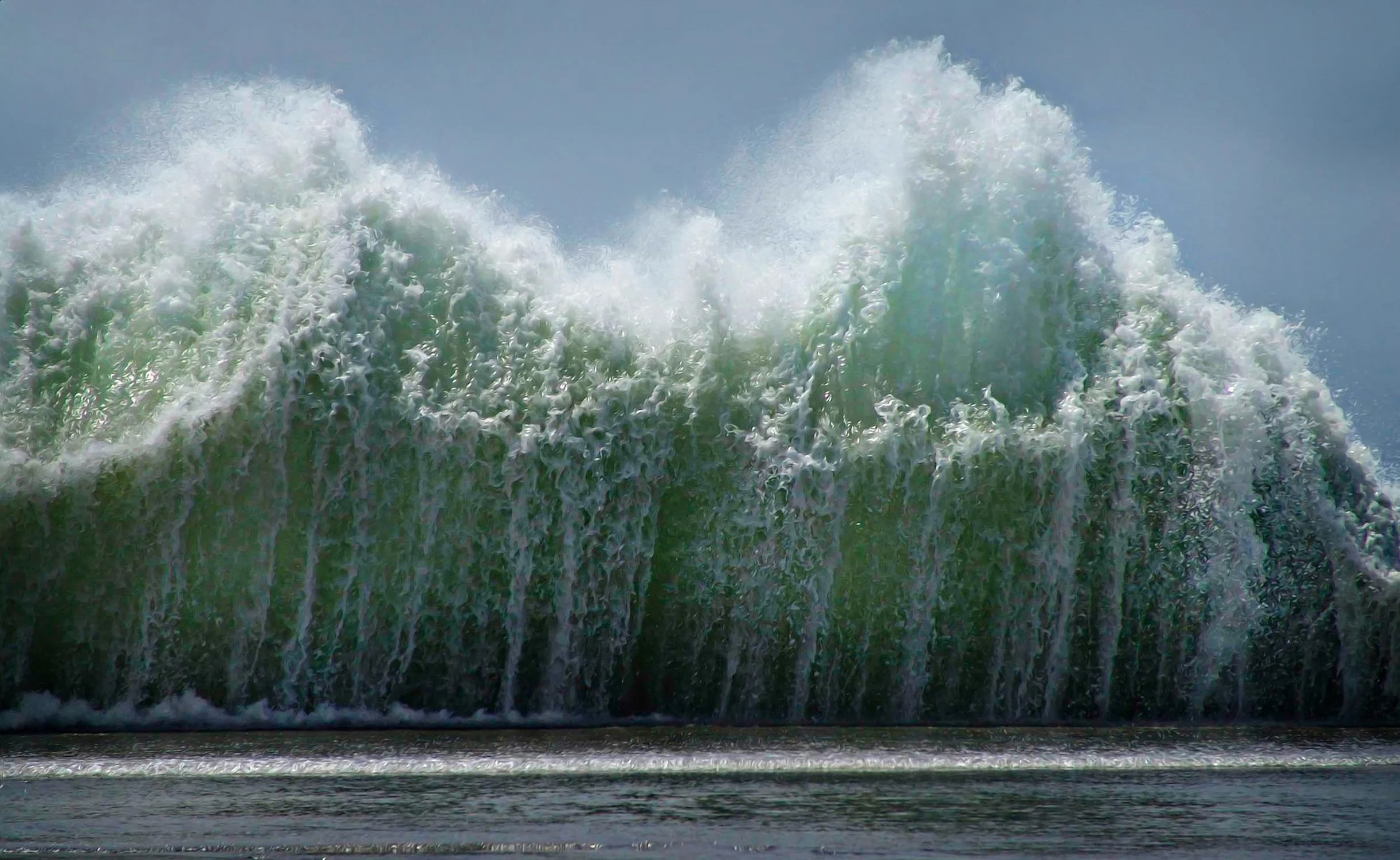
Source: Ray Bilcliff/Pexels
These phenomena rapidly displace large volumes of water, with all of the energy from the failing debris transferring to the water. This is why many researchers fear that a 9.1 earthquake could devastate any coastal cities in the US.
Some Animals May Have Survived
While the megatsunami did create some complications for the life that existed on Earth at the time, most of the damage would have been caused by the asteroid. Anything in the rage of the initial blast would have been vaporized.

Source: Wikimedia Commons
Any animals living along the modern-day Gulf of Mexico would have been caught in the wave that swept through. Some animals may have survived inland, but no large animals along the coast were likely to make it.
No Need to Worry About Megatsnumais
Thankfully, we can confidently say that modern humans will never experience an event similar to the megatsunami that occurred overground 66 million years ago.
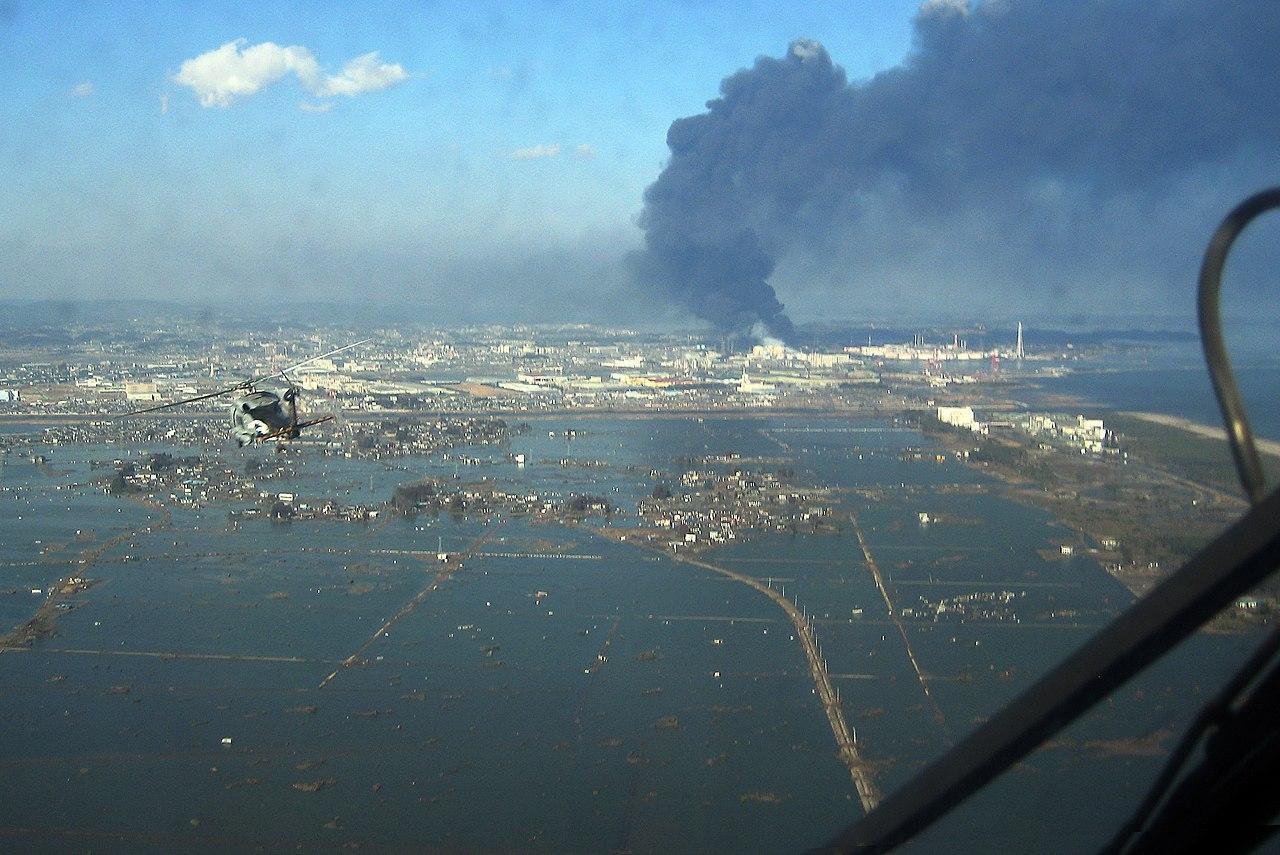
Source: Wikimedia
However, this doesn’t mean modern humans are free from danger. Over the past 100 years, several powerful tsunamis have killed thousands of people around the world and continue to keep us on our toes due to their unpredictable nature.
The Deadliest Tsunami
While the largest recorded tsunami only took two lives, another fairly large tsunami off the coast of Sumatra took nearly 230,000 lives across 14 countries. Known as the Boxing Day tsunami, a 9.1 magnitude earthquake struck off the northern tip of Sumatra in Indonesia around 7:59 a.m. local time in 2004.
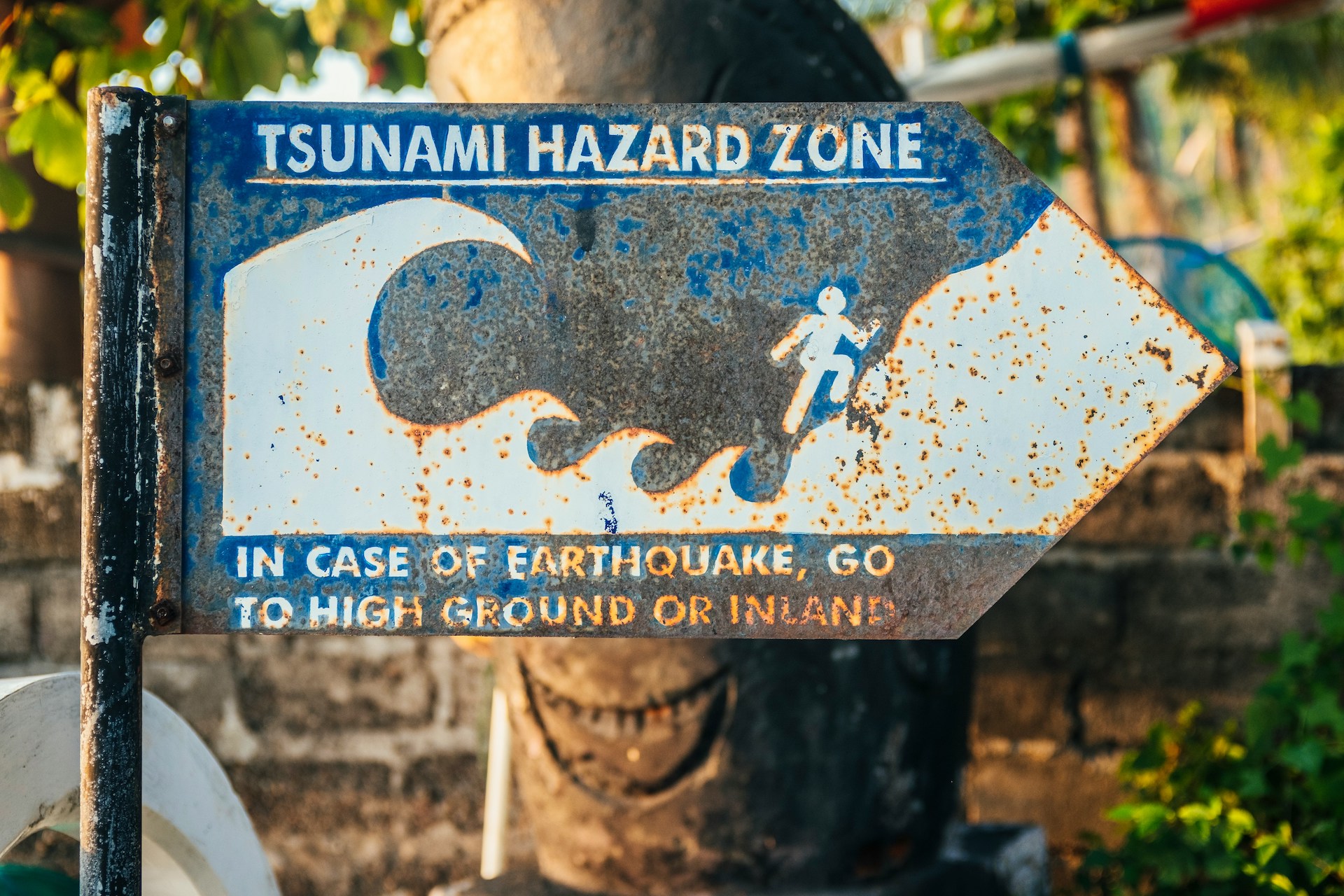
Source: Bernard Hermant/Unsplash
The earthquake sent waves 100 feet high, rolling across the extremely populated coast, taking with it thousands of lives.
The Deadliest Tsunami That Ever Occurred
The deadliest tsunami ever recorded occurred two decades ago, on December 26, 2004. On this day, a 9.1-magnitude earthquake occurred off the coast of Sumatra.
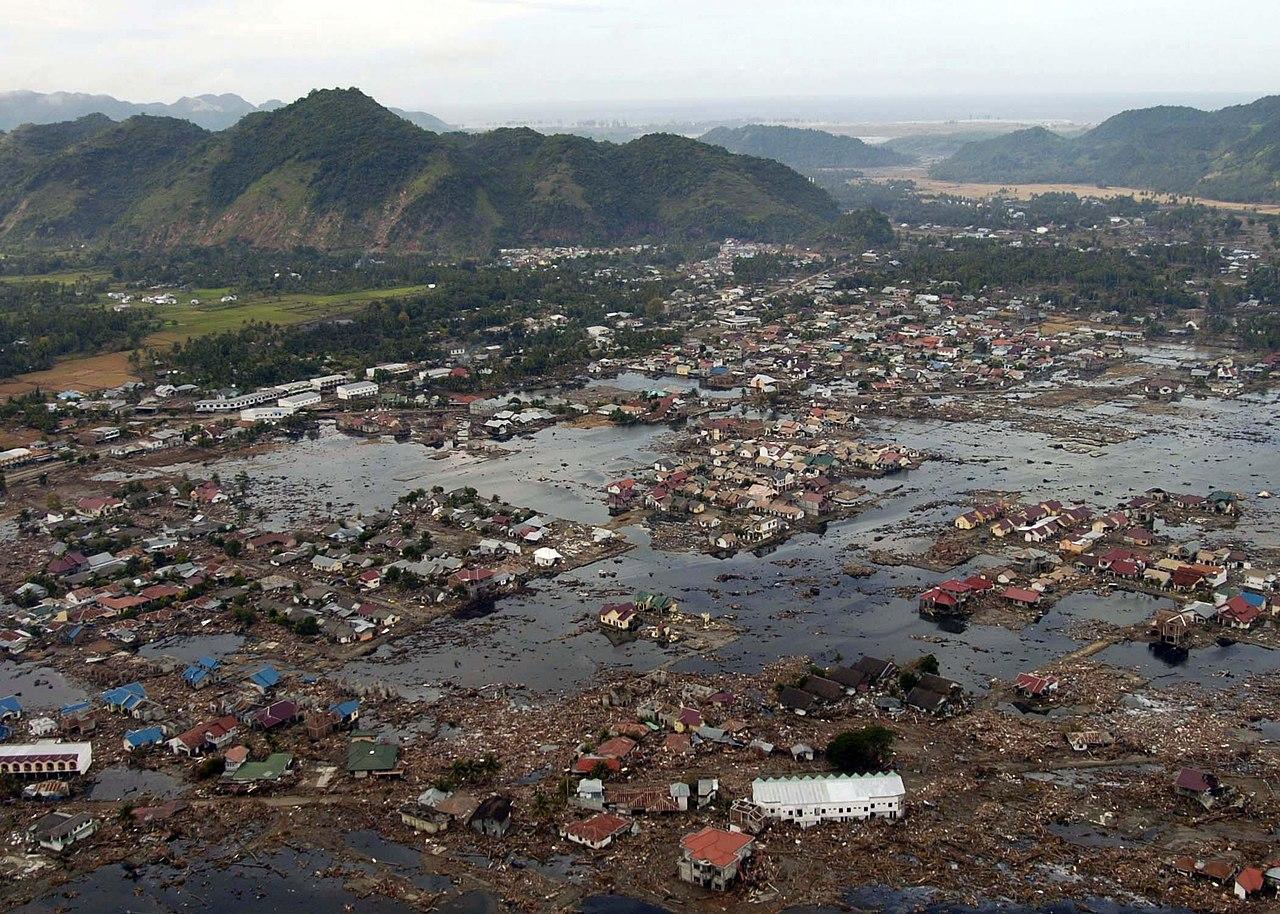
Source: Wikimedia
Over the next several hours, a tsunami ripped through the Indian Ocean and began destroying the coastline. Dozens of counties were affected, and hundreds of thousands of people’s lives were impacted.
The Devastation of the Indian Ocean Tsunami
Referred to as the Indian Ocean tsunami, waves as tall as 30 feet were recorded at several coastal locations, and the event is recognized as one of the largest natural disasters in recorded history.

Source: Wikimedia
Over 225,000 people lost their lives, with nations such as Indonesia, India, Sri Lanka, Thailand, and the Maldives bearing the brunt of the damage.
The Problem With Predicting Tsunamis
The level of destruction caused by the Ocean Tsunami showcases how terrifying Mother Nature can truly be.

Source: Wikimedia
Predicting when tsunamis will occur is an extremely challenging task, as it can only be done following an earthquake. This unpredictability leaves emergency services with little time to warn residents in the danger zone, underscoring the need for constant vigilance and preparedness.
The Most Devastating Recorded Tsunamis
Tsunamis have long devastated coastal areas, and continue to be a threat in many parts of the world because there are very few warning systems in place. In the last two decades, two of the most devastating tsunamis have occurred.

Source: Tim Marshall/Unsplash
Here are some of the other most devastating tsunamis that have been recorded in human history.
The All Saints’ Day Earthquake
In 1755, people who were traveling from the Portuguese countryside to Lisbon for All Saints’ Day, a feast day observed by Western churches on the first day of November. By mid-morning, the streets and churches were more crowded than usual.

Source: Wikimedia Commons
Off the coast, a shift near the southwest Iberian margin in the Atlantic Ocean caused an 8.5 earthquake that was felt as far away as Germany.
The Following Tsunami
Survivors of the devastation described hearing a “horrible subterranean noise.” For the next hour, the city rocked from tremors. Many buildings were reduced to rubble and left survivors sorting out the chaos on the streets when the tsunami hit.
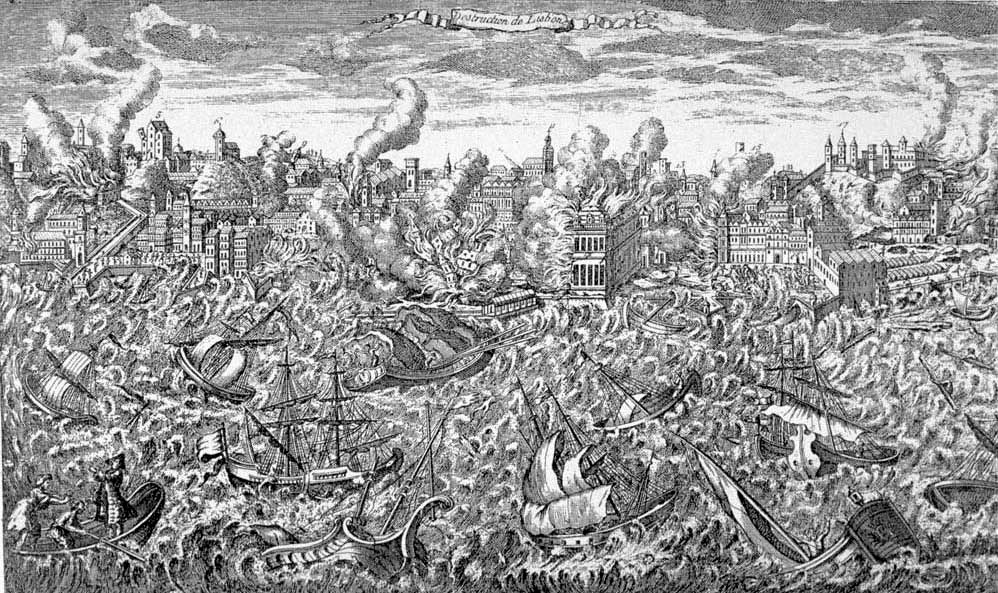
Source: Wikimedia Commons
The death toll is still largely debated since bodies were removed from the city without being counted, but the estimated toll is around 30,000 people.
The Krakatau Volcano
In 1883, sailors reported seeing activity from the Krakatau volcano between an Indonesian island between Sumatra and Java. When the volcano erupted in late August of that year in a series of early-morning explosions, hot gas and volcanic matter burst into the ocean.

Source: Wikimedia Commons
This disturbance of the ocean floor created such a strong force that it kicked off the third deadliest tsunami in human history.
The Tsunamis Wiped Out a Coastal Town
For hours, coastal villages endured multiple 100-foot tsunamis from the volcanic eruption. On Java, reports indicate that the coastal town of Merak, which housed 2,700 people, was completely decimated. However, two people did survive.
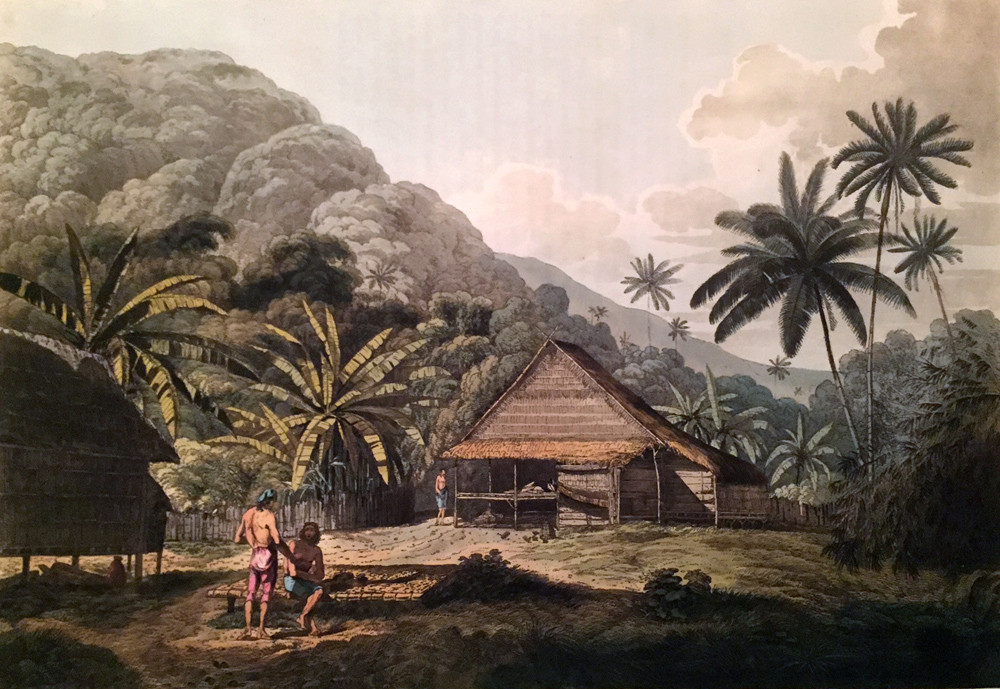
Source: Wikimedia Commons
Survivors of the tsunamis recalled seeing massive walls of water rushing toward the shore of the 300 coastal towns, many of which were washed away.
Another Massive Earthquake
In 1868, 25,000 people lost their lives as a result of a massive earthquake on August 13. An 8.5 magnitude earthquake struck around 4:30 p.m., sending an aftershock to towns on the borders of Peru and Chile.
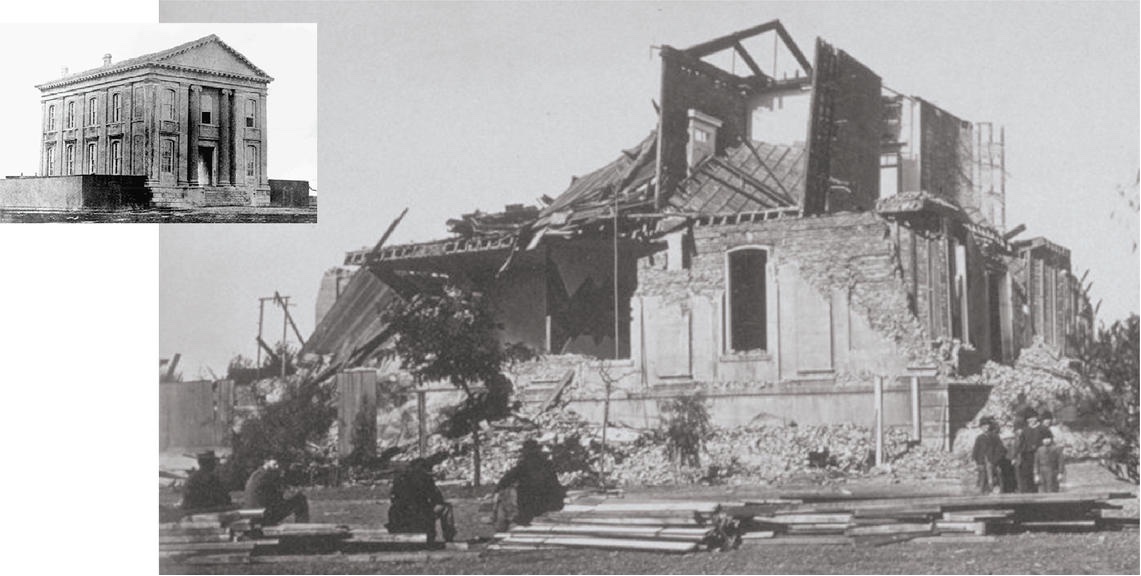
Source: Wikimedia Commons
Luckily, many knew that the earthquake was coming and made it safely outside to avoid structures collapsing on them.
50-Foot Waves Crashed Down
People near the sea watched as the water rose and then receded, exposing nearly a mile of seabed. This phenomenon was an early warning sign of the 50-foot waves coming toward the coast with intense force.
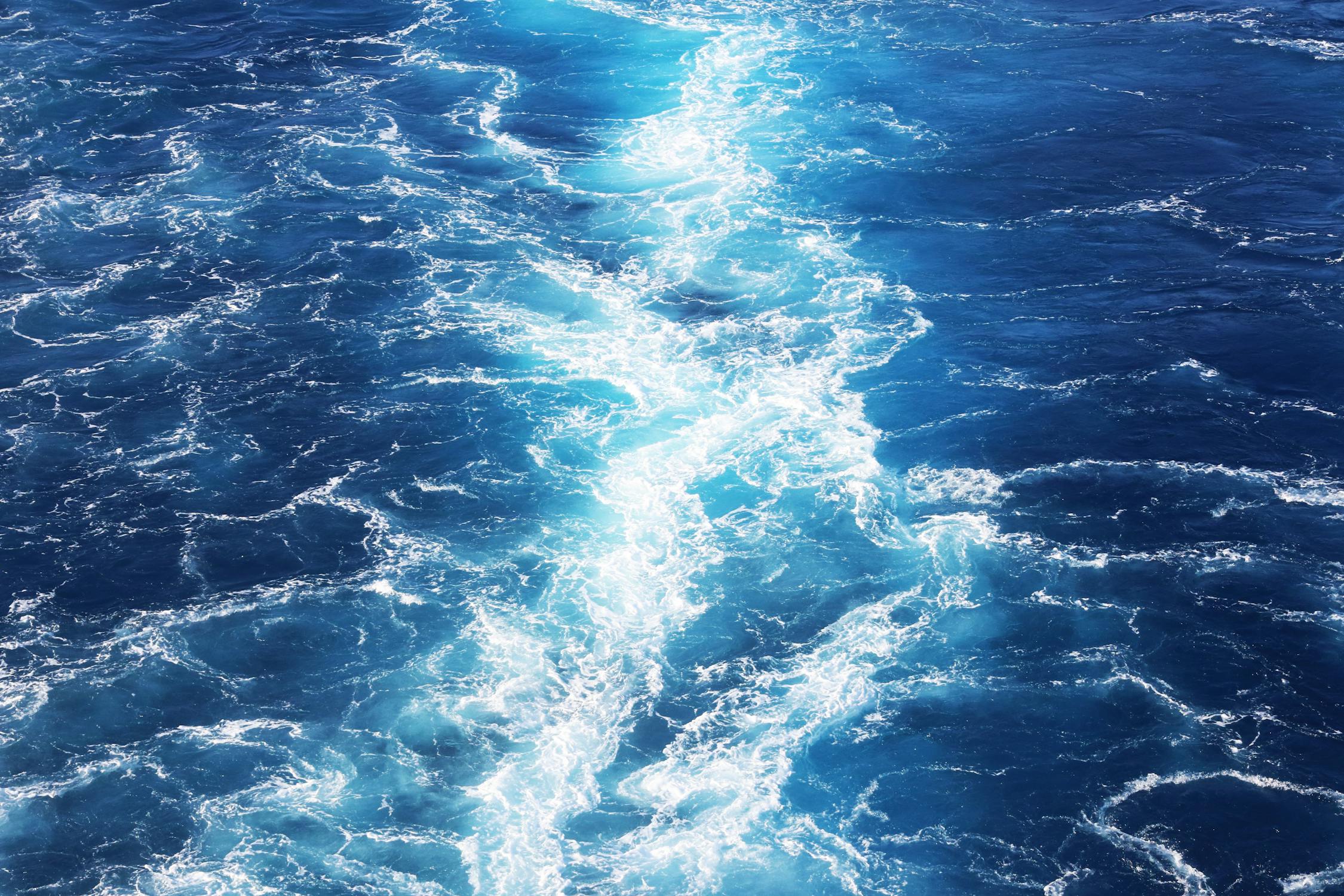
Source: Magda Ehlers/Pexels
The waves crashed on the shore, followed by a second wave that was more than 90 feet tall. What little survived the massive earthquake was washed away by the waves.
The Fifth Most Devastating Tsunami
The fifth most devastating earthquake on record happened in 2011. An afternoon earthquake shook Japan. The 9.1 magnitude earthquake shifted the ocean floor, sending a shockwave that almost everyone in Japan felt.
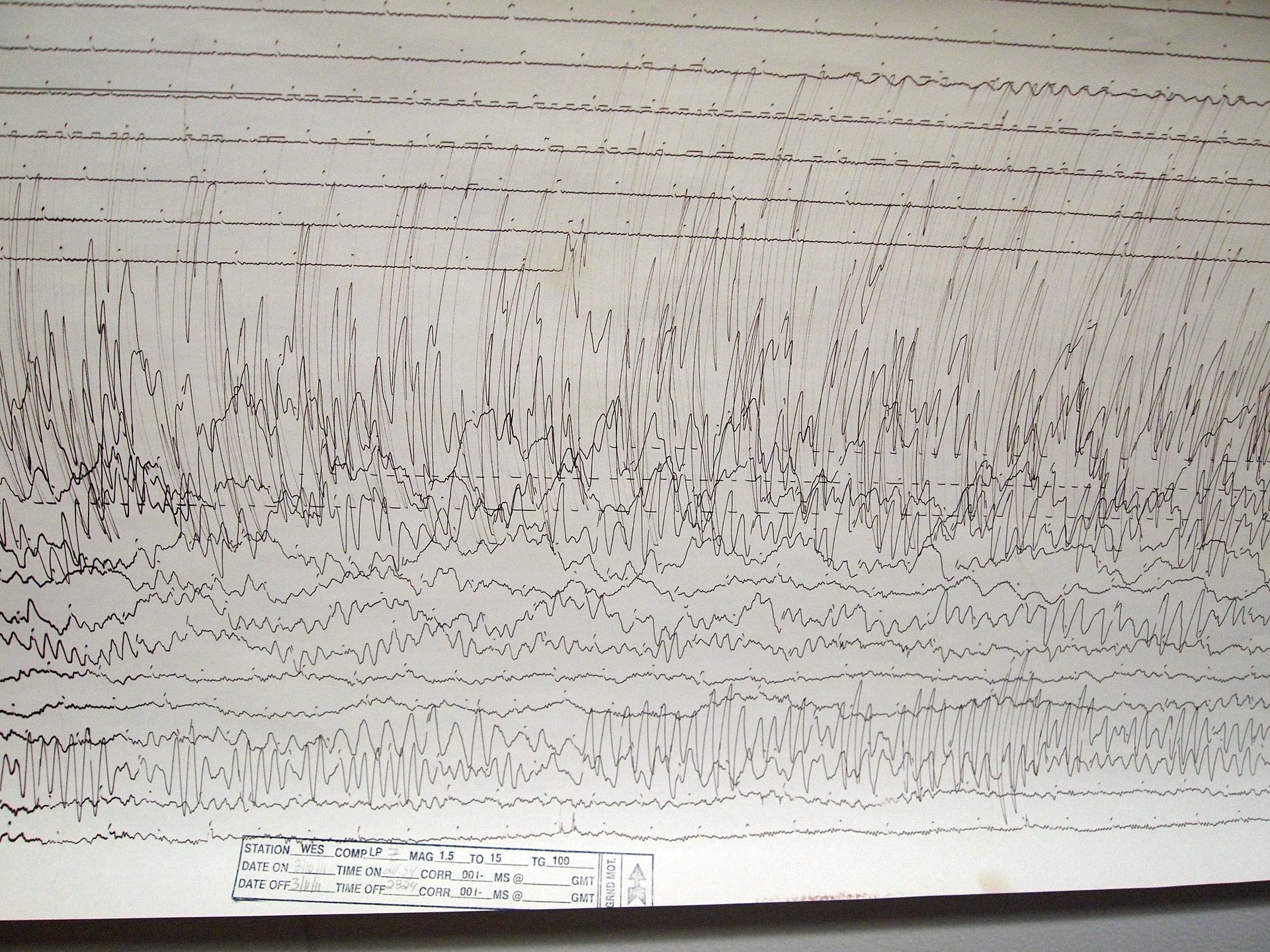
Source: Wikimedia Commons
The scale of the earthquake made many people fear that a tsunami would soon follow, so many headed to higher grounds.
A Tsunami and Nuclear Disaster
40 minutes later, a 130-foot tsunami wave crashed into 1,200 miles of Japan’s coastline. In the coastal town of Ōkuma, the Fukushima Daiichi Nuclear Power Plant lost power while the emergency generators were flooded. The plant’s three reactors cooled and released radiation that became the worst nuclear disaster in decades.
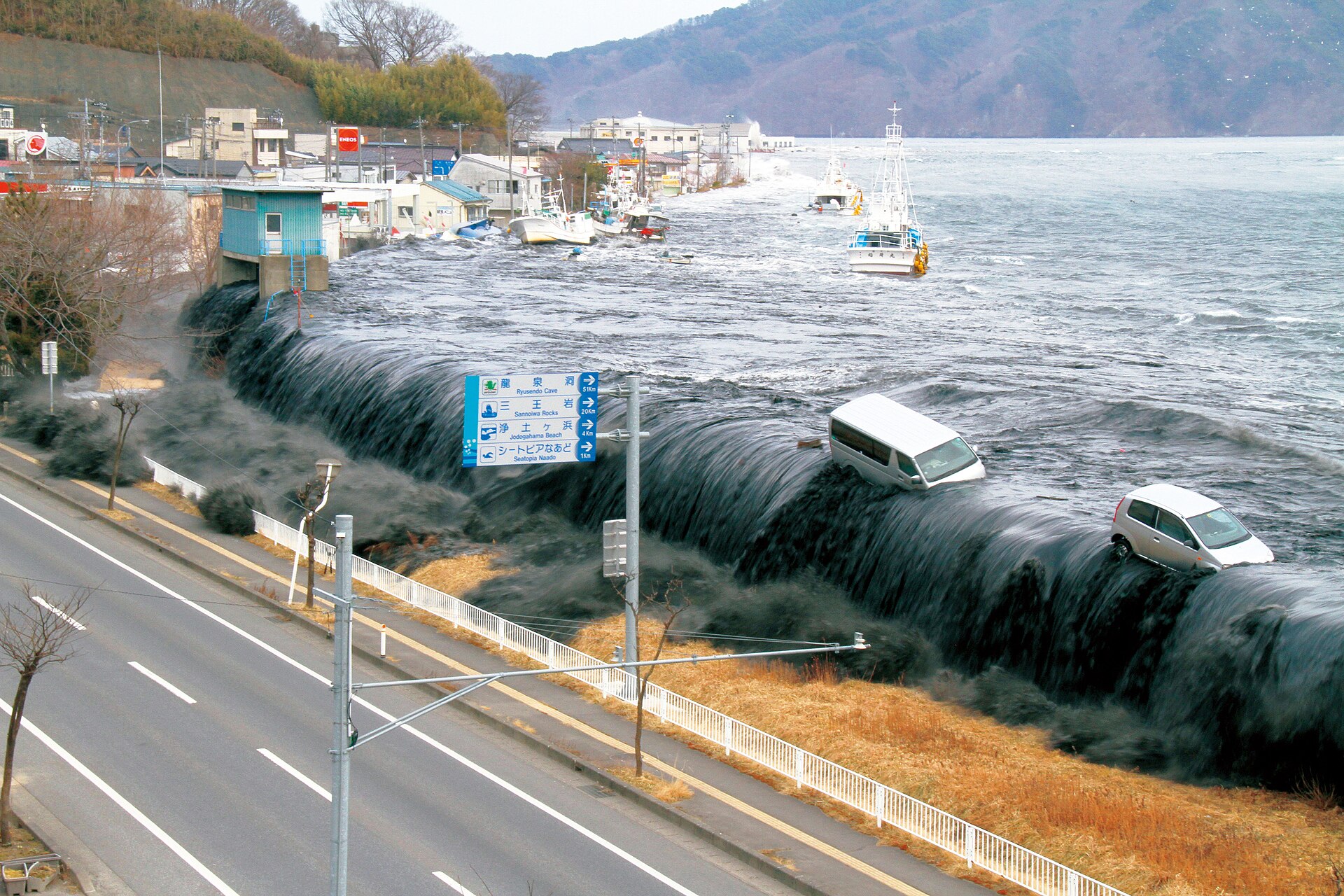
Source: Wikimedia Commons
In addition the the nuclear disaster, the tsunami claimed 15,500 lives and displaced more than 130,000 million people.
